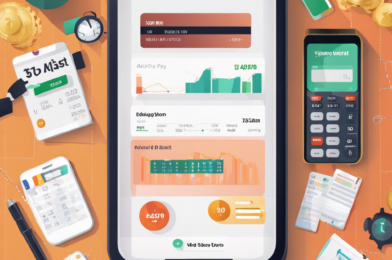Credit card debt can quickly spiral out of control, leaving many individuals feeling overwhelmed and stressed. However, with the right strategies and dedication, it is possible to pay off credit card debt fast and regain control of your financial situation. In this ultimate guide, we will explore five key steps to help you tackle your credit card debt effectively.
The first step in paying off credit card debt is to assess the full extent of what you owe. Take the time to gather all your credit card statements and make a list of each card, the outstanding balance, interest rates, and minimum monthly payments. This will give you a clear overview of your debt and help you prioritize which cards to focus on first.
Once you have a clear picture of your credit card debt, the next step is to create a budget that allows you to allocate extra funds towards paying off your debt. Cut back on unnecessary expenses, such as dining out or shopping for non-essential items, and redirect those funds towards your credit card payments. Consider setting up automatic payments to ensure you never miss a payment and incur additional fees.
Another effective strategy for paying off credit card debt fast is to consider transferring high-interest balances to a card with a lower interest rate or taking out a personal loan with a lower interest rate to consolidate your debt. This can help reduce the amount of interest you pay over time and make it easier to focus on paying off the principal balance.
In addition to making consistent payments and reducing your interest rates, it is essential to stay motivated and track your progress as you work towards paying off your credit card debt. Celebrate small victories along the way, such as paying off a specific card or reaching a milestone in your repayment journey. Consider enlisting the support of a friend or family member to hold you accountable and provide encouragement.
In conclusion, paying off credit card debt fast requires discipline, dedication, and a strategic approach. By assessing your debt, creating a budget, exploring balance transfer options, and staying motivated, you can take control of your financial future and work towards a debt-free life. Remember, small steps taken consistently can lead to significant progress in paying off your credit card debt and achieving financial freedom.









